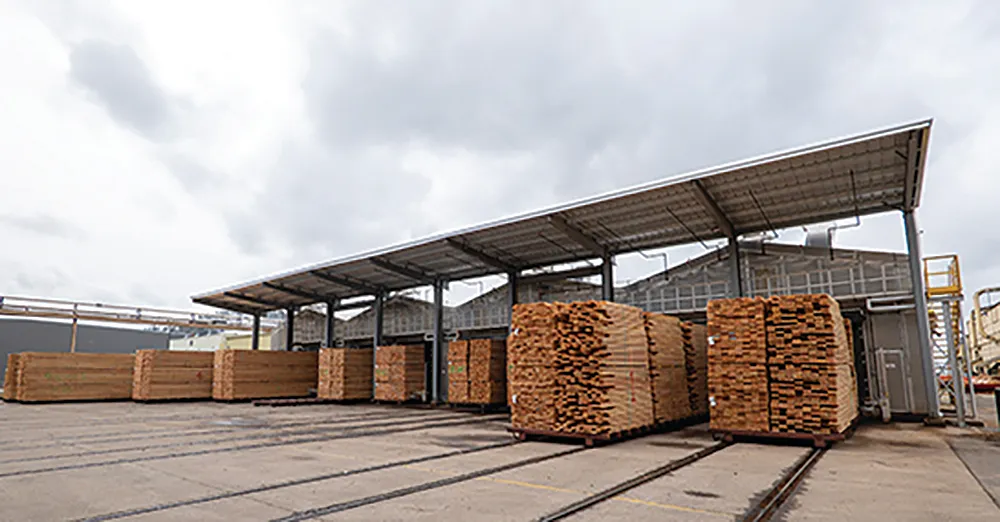Table of Contents
The fact that the lumber market moves is one of the things that makes working in the lumber industry interesting and exciting. I worked on a trading floor that owned hundreds of cars and trucks of lumber daily. We were always on one side of the market or the other—and sometimes both at the same time.
Lumber Futures
Cash and futures work separately, but both affect each other. Our vice president, who had been a futures trader for 20 years before joining our “cash trading” floor, hedged our cash positions on the lumber futures market.
Using lumber futures as a hedge is a great idea. Playing the lumber futures is just like betting on red or black in roulette. It’s gambling:
- Our VP did it for 20 years. He said he had a good run, but it was gambling, and, in the end, they ran out of money.
- A fellow trader’s father had lost their family’s business playing the futures.
- I saw one trader buy a Corvette, cash, one week, sell it back the next, and pull money out of his 401/k to pay off his losses in the futures market. (Soon after, trading futures was banned on the floor. This same trader started betting on football games!)
- I knew a guy who traded “in the Pit” in Chicago and he said people lose millions every year and the only people who make money playing futures are the traders in the pit, because they have more info and a half-second advantage.
For 17 years I made a living as a commodity cash lumber broker. I worked with some of the brightest minds in the world. Below are some guidelines for making and calling cash markets.
Do the Math — Full Disclosure
Most sellers are just not asking enough questions to get enough good information to make any kind of reasonable guess on where the market is going. If we are working hard enough, contacting a lot of people, and asking good questions, we will have a much clearer picture of where the market is going and be able to make better decisions. We ask the following questions:
To our customers: (1) How much do you have on order? (2) How much on the ground? (3) Of that, how much is already sold or spoken for? (4) How low can you let it go before you have to buy?
To our suppliers: (1) What and how much are you cutting right now? (2) How long will you be on that run? (3) How is your take-away?
Customers and suppliers will both obfuscate on these questions, so be ready to ask them more than once or in a different way.
Reading Cash Markets
Here are four things to watch for to help gauge markets.
Time. How long has the market been falling/rising? The longer a market runs the higher chance of it stopping. The cash market moves generally on a 30- to 45-day cycle. Customers have to pay their bills every 30 days, so they will turn their inventory about the same.
Money. How much has the market fallen or risen? The bigger the number, the more likely the market is poised to move in the other direction.
History. Where is this item in relation to the last 90 days, six months, year and five-year history? Is this item getting close to historical highs or lows? The closer any given item gets to historical regions the more likely it is to move in the other direction.
Spreads. Great market callers watch the spread between items, lengths, grades, crossover products, and species.
Example: Let’s say the spread between 2&Btr. and Utility is historically $100/MBF. The market has been coming off for four weeks. But 2&Btr. has dropped more dramatically than utility, and now the spread is only $65/MBF. It would make sense to take a look at going long on &Btr., because when the market moves, the historical spreads will be reestablished.
Remember: every rule the market makes, it breaks. So when in the market, just like in the ring, protect yourself at all times. Just being a good market caller won’t make you successful in the lumber industry. It helps, but sales skills save us!









